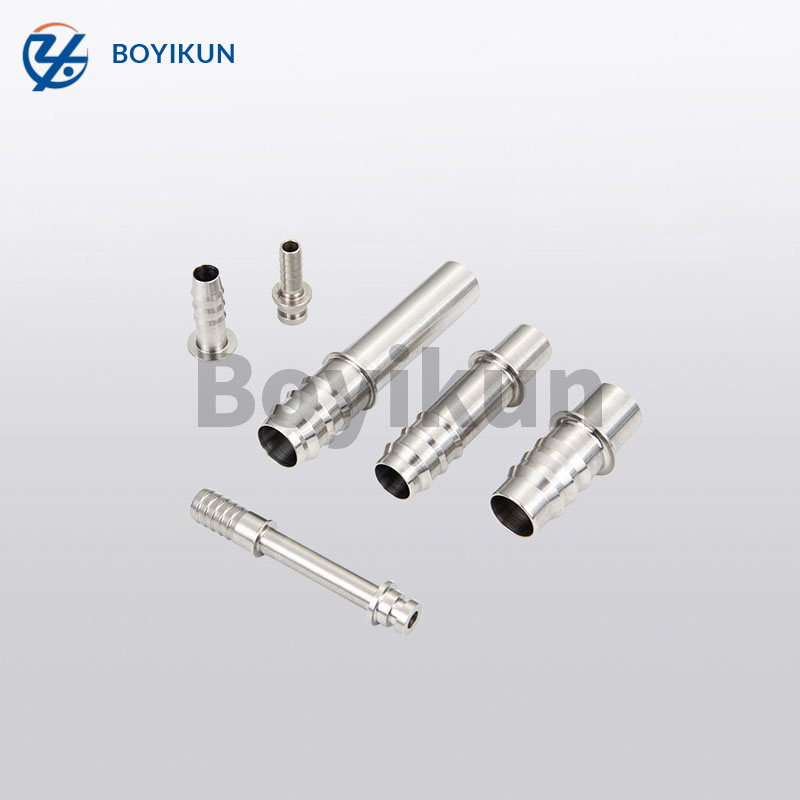Stainless steel turned parts are highly resistant to corrosion and wear. This material is often highly polished and routinely machined. This brightly metallic material has many other uses as well, such as welding, forming, and plating. Stainless steel turned parts are available in a wide range of finishes, including matte, brushed, mirror, bright annealed, and mechanically polished. Learn more about its uses and how they are perfect for your next project.
Stainless steel turned parts are made to meet the most stringent quality standards. They are produced with an overall length of up to 650 mm and a diameter of four to 65 mm. They are available in small and large batches, and they can be produced according to the specifications and requirements of our customers. Here are some advantages of stainless steel turned parts:
Stainless steel is highly resistant to corrosion because of its high-chromium content. When exposed to oxygen, it forms a chromium oxide layer, which is chemically non-reactive and devoid of free iron. This protective layer makes stainless steel self-protective. When exposed to oxygen, it will automatically rebuild its protective layer. Its low oxidation resistance means that you can use stainless steel in a variety of applications, including the manufacturing of pressure vessels and heat exchanger tubes.
Precision turned components are often made from brass or other metals. Brass and other brass alloys are particularly cost-effective for precision parts without high strength requirements. Brass machining also results in a high-quality finish, accurate tolerances, and well-held threads. Brass is also ideal for intricate parts with sophisticated details. It is not suitable for vacuum applications or semiconductor products. But the machining process is much more efficient than traditional methods.
Stainless steel is one of the most popular alloys in the industrial world. Its high chromium content makes it resistant to corrosion resistance. The material is also highly durable, tensile strength, and formable. In addition to its high performance, stainless steel also has an excellent hygienic quality. It is very easy to clean and does not require surface finishing. Therefore, stainless steel has many applications.
When cleaning stainless steel parts, use mild detergents and a clean cloth. It is important to clean stainless steel properly to protect its protective layer from rust and other corrosion-causing elements. When cleaning stainless steel parts, use water to soften any debris. Avoid abrasive cleaners and steel wool, as they may scratch the stainless steel parts.

